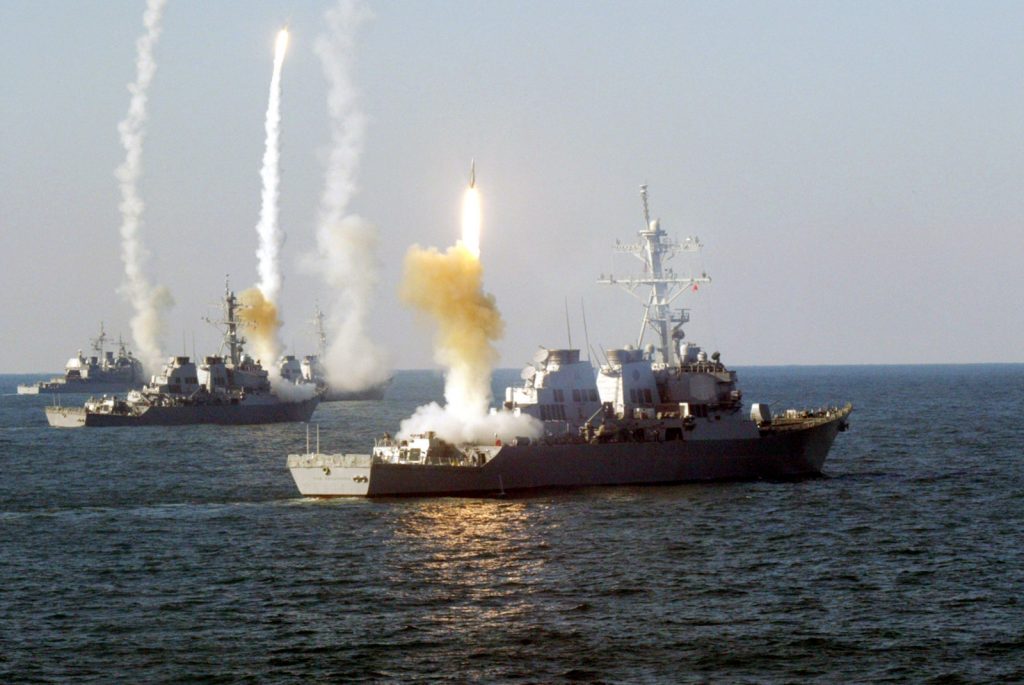
A report from Business Insider states, new Chinese and Russian missiles pose a “real threat” to US aircraft carriers. The dominance of the U.S. navy was a ‘fait accompli’ after the end of the Cold War and the collapse of the Soviet Union.
The development comes in the wake of the third Russian launch test of its Zircon hypersonic cruise missile, which reportedly reached speeds of up to Mach eight in December 2020. Earlier last year, China launched two ballistic missiles, which local experts say hit a moving target, a ship, in the South China Sea, demonstrating Beijing’s ability to develop long-range anti-ship ballistic missiles.
“The tests are just the latest evidence that American aircraft carriers, long considered the rulers of the seas, may soon face a real threat to their existence,” notes military experts in the report.
The rise of hypersonic missiles pose a serious threat to aircraft carriers since they are too fast for missile defense systems to respond effectively. Furthermore, their ability to alter their flight path makes them even more difficult to intercept.
“The true capabilities of the new anti-ship weapons in Russia and China are still unknown, but recent tests prove that the US Navy’s aircraft carriers may soon lose their unconditional dominance,” notes the author of the report.
Russia’s Zircon hypersonic missile
According to the report, the Zircon strikes its target within seven minutes and during the test, remained invisible to radar under certain conditions, wrote Peter Suciu, an American expert.
According to him, the Zircon hypersonic missile can hit a target at a distance of 1000 km in less than seven minutes. Suciu arrived at this conclusion basing himself on a speech by Russian President Vladimir Putin in 2019 wherein he had said the missile could travel at Mach 9.
Suciu also drew the conclusion that the Zircon is not visible to the radar. His reasoning for drawing the conclusion is that following launch, the plasma cloud, which can completely absorb all radio frequencies, completely covers the rocket. Because of this cloud, the missile becomes “invisible”.
Military experts have divided opinions as to the size of the payload the hypersonic Zircon missile can carry. According to some, given its 1000 km range, the warhead can be nore more than 300 kilograms.
According to analysts from the Jamestown Foundation, if Moscow were to increase the size of the warhead, it would have to reduce the Zircon’s flight altitude and the maximum range of destruction, to around 700 km. Countering this point, Suciu argues that the size of the warhead size is not material at this point given that the Zircon travels at hypersonic speeds; it can inflict severe damage without even needing a warhead.





